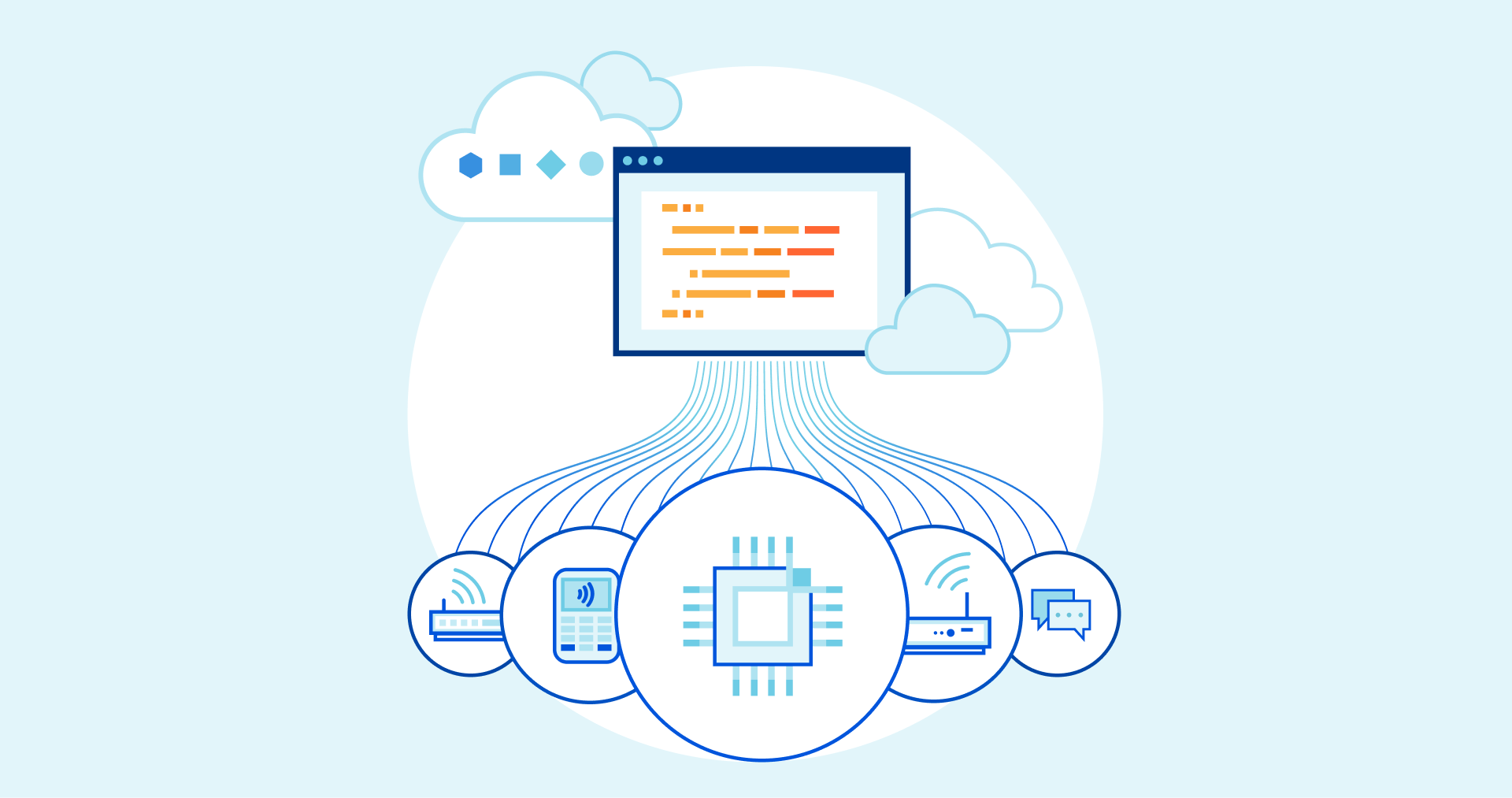


I decided to set a different GOPATH per project.

Back when I was doing Java, I hated that I had to organize my workspace according to my IDE's preferred way of working. I am used to working in a lot of different projects, written in various languages. If you have a different opinion on how your workspace should be organized, you are in trouble. If you follow the officially suggested method everything is covered in roses. Installing Golang is a breeze, but, if you want to actually start developing, you have to set up your GOPATH. Go has some web app frameworks, but the general idea is that the standard library has all that you need to get started.Īnother huge struggle for me was setting up my Go environment. I do not know anybody straying from ASP.Net, and Python guys will use either Django, Flask, or Pyramid. In Node.js, I would probably go with Express.js, when starting out. I cannot remember any other language that has had this effect. However, I have to admit, working with Go took me waaay too long to get started. All these are pretty straightforward and kind of basic, if you have been building APIs for some time. All requests should be logged in a machine readable format, one line per request. The API should support authentication via JWTs. Every response should be JSON and follow a certain structure. Not long after, I decided to put what little Go knowledge I had to use. I also read the official Effective Go document, but, I must admit, I did not quite grasp much at the time. The ones that stood out were Matt Ryer, Dave Cheney, Matt Silverlock, Brad Fitzpatrick, and the Golang mailing list. I began searching for experienced Go programmers and went through all their blog posts, something I still continue to do. It was a nice introduction, although a little slow paced. I watched the Go: Getting Started course on Pluralsigh. I started investigating more and decided to try an online course as well. Most blog posts and tutorials can be considered duplicates. Unfortunately, most resources out there seem to limit themselves to a basic "Hello World" server. Getting startedīefore starting the project, my experience with Golang was limited to having read small blog posts about creating a web app in Golang. Let us take a closer look at the back-end. The app is deployed on a Digital Ocean droplet and Nginx proxies requests in front of the API (back-end) and the app (front-end).
#Matt silverlock free
Feel free to browse the front-end and back-end code. The whole application is open-source and currently lives in Github. I am using it all the time, but hey, there are no terms of use, privacy policy or guarantees. The back-end is a server application written in Go.

The front-end is a Progressive Web App built with Babel/Webpack/React/Redux. It is nothing more than a simple expense tracker. If you are curious to see the final product, head over to. Instead of working with a technology I already knew, I decided to push a bit further and learn a new programming language. What I needed now was to connect everything to a back-end server, so I started to build one. You can find part 1 here.ĭuring my adventure with PWAs, I reached the point where the front-end was ready.
#Matt silverlock series
This is the second and final part in a 2-post series about how I built a Progressive Web App.


 0 kommentar(er)
0 kommentar(er)
